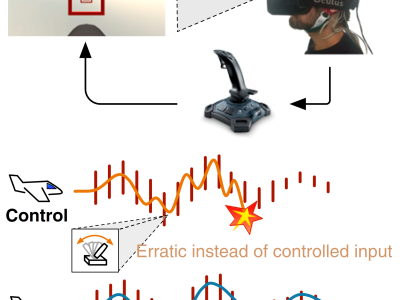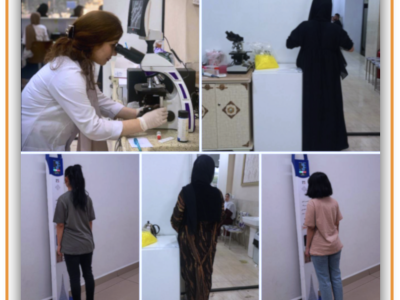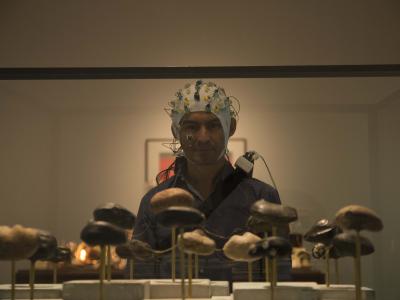Regulation of arousal via online neurofeedback improves human performance in a demanding sensory-motor task

- Citation Author(s):
- Submitted by:
- Josef Faller
- Last updated:
- DOI:
- 10.21227/rn3e-bp31
- Data Format:
 6562 views
6562 views
- Categories:
- Keywords:
Abstract
Our state of arousal can significantly affect our ability to make optimal decisions, judgments, and actions in real-world dynamic environments. The Yerkes-Dodson law, which posits an inverse-U relationship between arousal and task performance, suggests that there is a state of arousal that is optimal for behavioral performance in a given task. Here we show that we can use on-line neurofeedback to shift an individual's arousal from the right side of the Yerkes-Dodson curve to the left toward a state of improved performance. Specifically, we use a brain computer interface (BCI) that uses information in the electroencephalogram (EEG) to generate a neurofeedback signal that dynamically adjusts an individual's arousal state when they are engaged in a boundary avoidance task (BAT). The BAT is a demanding sensory-motor task paradigm that we implement as an aerial navigation task in virtual reality (VR), and which creates cognitive conditions that escalate arousal and quickly results in task failure - e.g. missing or crashing into the boundary. We demonstrate that task performance, measured as time and distance over which the subject can navigate before failure, is significantly increased when veridical neurofeedback is provided. Simultaneous measurements of pupil dilation and heart rate variability show that the neurofeedback indeed reduces arousal. Our work is the first demonstration of a BCI system that uses on-line neurofeedback to shift arousal state and increase task performance in accordance with the Yerkes-Dodson law.
Instructions:
We hope you find this dataset useful. For help please see the provided readme file, the article by Faller et al. (2019) in PNAS, the preprint by Faller et al. (2018) on BioRxiv, the conference paper by Faller et al. (2016) at IEEE SMC and/or the tutorials for the Matlab toolboxes EEGLAB and BCILAB. Thank you very much.








